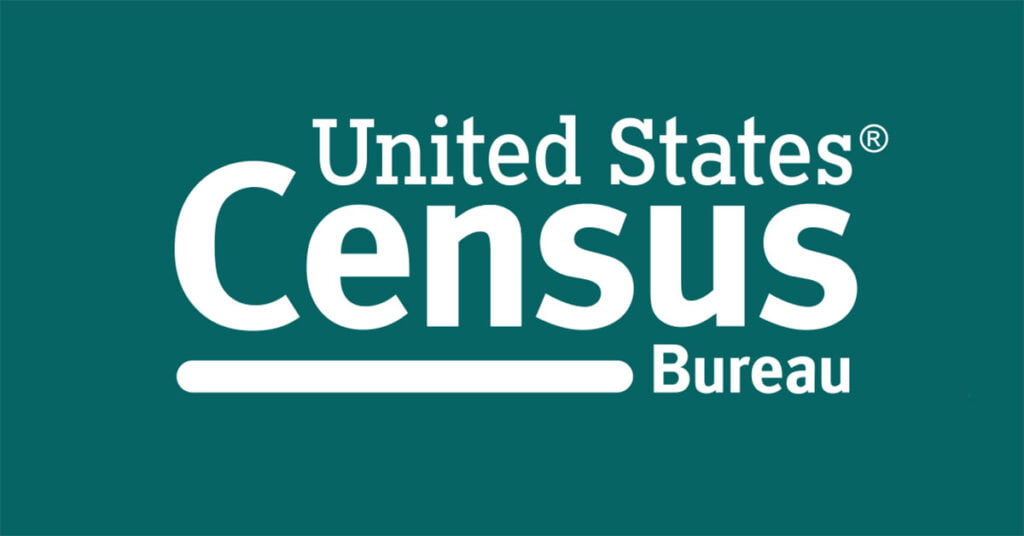
Indiana’s 1,000-plus townships have largely survived almost three-dozen legislative attempts to reorganize or extinguish them since 2004 — and they’re hoping to deter future tries with a new, graph-heavy report released late last month.
The 108-page document lays out a lengthy list of 27 recommendations to better bolster townships, plus data on township demographics, operations, service provision and finances.
The Indiana Township Association conducted the report with the Indiana University Public Policy Institute. ITA Executive Director Deborah Driskell said she hoped the report would deter future legislative attempts.
“It’s just constant(ly) being hit with reform measures,” Driskell told the Capital Chronicle on Monday. “And on our end, we were struggling to tell our story because we did not have the appropriate data.”
But townships’ critics continue to say they’re outdated and unnecessary.
“There’s really nothing that townships do that couldn’t and shouldn’t be done at the county level,” Indiana Chamber of Commerce President and CEO Kevin Brinegar said Wednesday.
Vital local protectors …
Townships are a local unit of government dating back to the 1800s surveying of what was then the Indiana territory, according to the Indiana Historical Bureau — fueling both arguments that they’re established sources of help and that they’re approaching obsolescence.
Townships once held a wide-range of responsibilities, but today focus on township assistance — once called poor relief.
It’s mostly utility and housing aid to low-income residents, according to the report, but can include funds for homeless shelters, funeral and other death services, food, health care and more. The state’s 1,002 townships typically distribute more than $20 million in township aid annually, plus funds from higher units of government.
“There’s no other form of government where it is the (legal) duty of that elected official to ensure that the individuals in poverty within their community are taken care of,” ITA Associate Director Kevin Evans said.
Should nonprofits take over, he argued, they wouldn’t be subject to the same level of financial reporting, via the Department of Local Government Finance, as would townships.
Most townships are also involved in certain fire and emergency medical services. Interrupting and reassigning those duties could get complicated, advocates say.
“Just there with township assistance and fire protection, and many times, emergency medical services is the foundation of why we must stay in place for the safety and wellbeing of Hoosiers,” Driskell said.
… or antiquated bloat?
Opponents say townships are one unnecessary layer of government that should go.
Brinegar said the chamber believes counties should take on township duties as part of broader philosophy of efficiency — the group also thinks Indiana has too many counties and school districts for its population, especially compared to states like Florida.
He cited a controversial 2007 report by former Gov. Joseph Kernan and former Indiana Supreme Court Chief Justice Randall Shepard that recommended ditching townships to achieve greater efficiencies.
ITA, meanwhile, argues the Kernan-Shepard report’s methodology isn’t strong enough to use to making decisions with statewide consequences.
Others say townships are just outdated.
“Townships were created when it was a day’s ride for some people to get to the county seat on a horse, and we just don’t operate that way anymore,” said Rep. Jerry Torr, R-Carmel. He was involved in 2009, 2013 and 2018 attempts to eliminate or consolidate townships.
Torr recalled one trustee who testified that assistance averaged about $20, and said instead of paying administrative costs, the township could “put up an ATM to just spit out a $20 bill for anybody who’s willing to put their fingerprint in.”
High-quality services a top priority
ITA’s report lists 27 recommendations to better resource townships — like making them eligible for state grants and low-interest loan funding, including them in public safety local income tax allocations and making it easier to pursue public safety levy appeals.
Other recommendations promote efficiency, such as supporting townships that wish to merge voluntarily, specifying under which conditions townships could be forcibly merged, mandating continuing education for staff and adding more board oversight or township finances.
But ITA emphasizes that locals should get control.
A merger “decision needs to be made locally, in that they understand their area,” Driskell said. “They understand, you know, where are the fire departments? Where’s the manpower?”
Those who want to get rid of townships say greater effectiveness is better than nothing.
“If we can’t achieve our ultimate goal, then let’s at least work to make township government more efficient and more effective,” Brinegar said.
But for those dedicated to critical services like firefighting, what gets done is more important than who’s behind it.
Rep. Randy Frye, R-Greensburg, said a volunteer fire department in his district gets just about $1,000 annually from its township trustee. Insurance on the station alone is 10 times that, Frye said.
“Every week they have bingo and sell food at the fire station to help keep the doors open. I think personally that’s ridiculous,” said Frye, who was a firefighter for 26 years before joining the General Assembly.
“We need to rethink how we fund the volunteer fire service,” Frye added. “Does it mean we do away with townships? I don’t know. Not necessarily. But there’s got to be a change. There’s got to be consistency.”
Indiana Capital Chronicle is part of States Newsroom, a network of news bureaus supported by grants and a coalition of donors as a 501c(3) public charity. Indiana Capital Chronicle maintains editorial independence. Follow Indiana Capital Chronicle on Facebook and Twitter.





